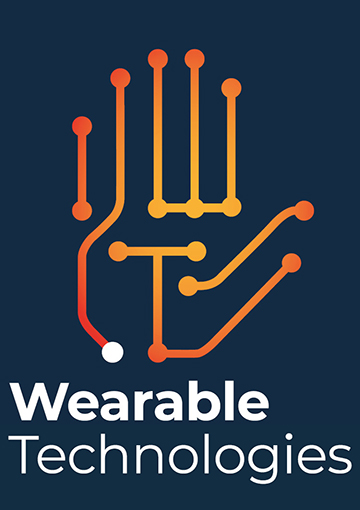Q&A with Wearable Technologies Associate Editor: Panos Artemiadis
Associate Professor Panos Artemiadis, University of Delaware, Newark DE, answers our questions about his work and Cambridge University Press’s new journal Wearable Technologies.
What first attracted you to the field of wearable technologies?
I am very interested in the physical and cognitive interaction between humans and machines-robots. I got involved in the research of wearable technologies because they are a prime example of non-invasive and efficient physical interaction between the human body and robotic devices. The fact that wearable technologies are so intuitive and easy to interact with humans allows for a plethora of bidirectional communication between the technology and the human body, which to me is really fascinating.
What are you currently working on that you’d like to tell us about?
I am currently working on a couple of projects related to the control of advanced lower limb prostheses. Since those devices substitute a missing part of the human body, the challenges coming with those projects are really important. Developing and controlling a robotic device that interacts with the human body, and most importantly supports the human body during walking and running is a very complex problem. I am specifically interested in building intelligent controllers that will allow the prosthesis to walk robustly on dynamic and compliant surfaces, and to reach the level of intelligence and agility seen in human walking.
What do you think the journal Wearable Technologies will bring to the field?
The Wearable Technologies journal creates a new venue for focused, but in the same time, multi-disciplinary research required for the next generation of wearable robots and systems. It will bring researchers from different fields from engineering and medicine to electronics and sensors together, and allowing them use a common communication platform for their research.
What are some of the challenges facing the field today?
In my opinion, one of the biggest challenges is coming up with new power and design architectures that would help with balancing functionality and physical interaction with the user. The bulky exoskeletons that augment human capabilities should become much less invasive than they currently are. On the other hand, non-invasive and lightweight wearable systems should be able to provide enough power to the wearer to justify their acceptance.
In which areas of the wearable technologies field do you expect to see growth in the next five to ten years?
Power systems and sensors measuring human functions are the areas that I expect to see growth. There is a significant demand of miniaturizing power elements, while on the same time measuring human’s performance, functions and physiological data is important for the control of wearable systems.
Why should authors publish in Wearable Technologies?
Researchers that work in this multi-disciplinary field of wearable systems and technologies currently seek a venue to publish their research to a large multi-disciplinary audience. The new journal Wearable Technologies gives a great opportunity to those researchers to present their research to this large audience.








